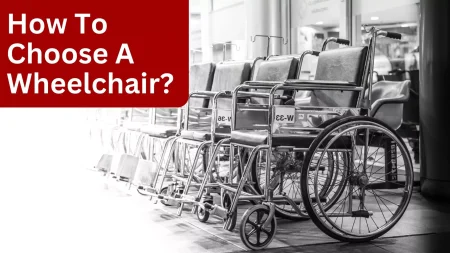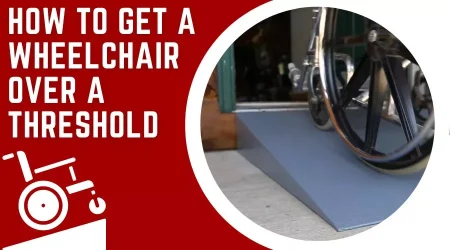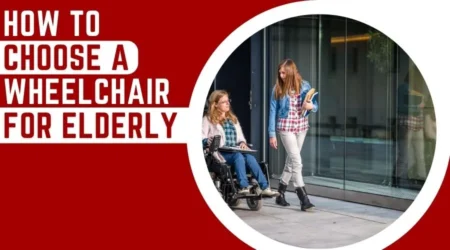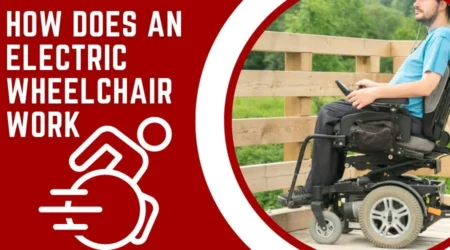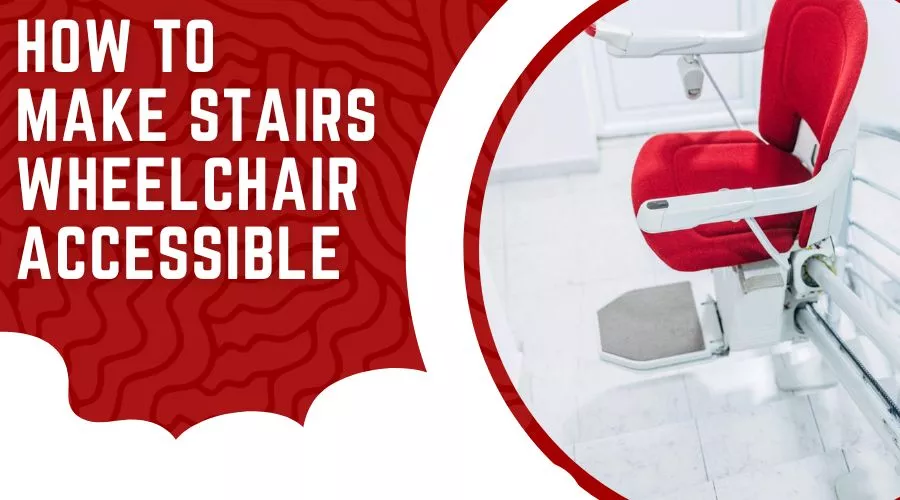
As building accessibility for people with disabilities becomes a top priority for many businesses and organizations, making stairs wheelchair accessible is becoming more and more common.
Having wheelchair-accessible stairs is a great way to make sure that everyone can access your building, regardless of their physical mobility.
I’ll provide a step-by-step guide on how to make stairs wheelchair accessible.
Ways to make stairs handicap accessible
- Stair Lifts.
- Ramps.
- Vertical Platform Lifts.
- Home Elevators.
- LU/LA Elevators.
I’ll cover the types of wheelchair-accessible stairs, the requirements for making stairs wheelchair accessible, tips and tricks, and benefits of making stairs wheelchair accessible, etc.
Types of Wheelchair Accessible Stairs
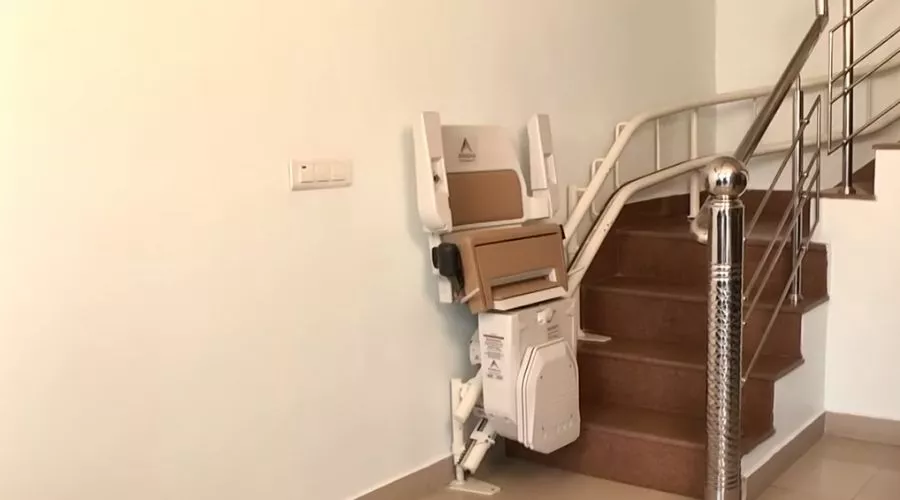
When it comes to making stairs wheelchair accessible, there are several types of staircases that can be used. These include straight staircases, curved staircases, and spiral staircases.
Requirements for Making Stairs Wheelchair Accessible
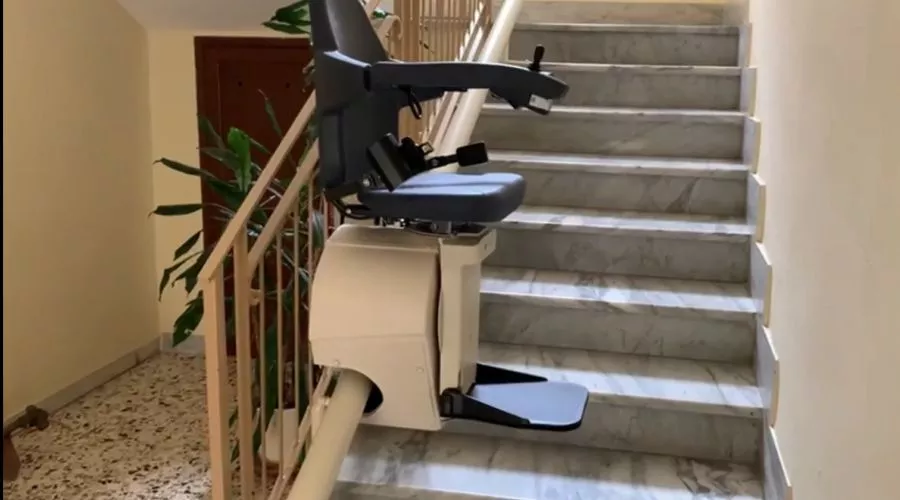
There are several requirements that must be met in order to make stairs wheelchair accessible. These include the following:
How to Make Stairs Wheelchair Accessible
Making stairs wheelchair accessible is a complex process that requires specialized tools and materials.
In order to make stairs wheelchair accessible, you must follow these steps:
Preparing The Stairs
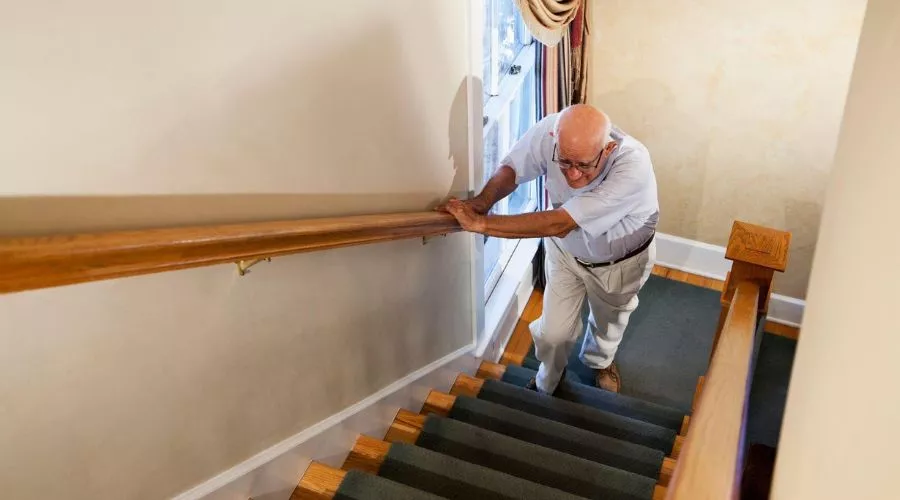
The first step in making stairs wheelchair accessible is to prepare the stairs. This involves measuring the stairs and making sure they meet the requirements listed above. Once the measurements are taken, the stairs must be marked off with chalk or tape to ensure that all the components are properly aligned.
The next step is to cut the risers and treads to the appropriate size. The risers should be no more than 8 inches in height and the treads should be at least 11 inches deep. The risers and treads should then be secured to the stairs with screws.
The final step in preparing the stairs is to install the handrails. The handrails should be at least 34 inches high and should extend the full length of the stairs. They should also be securely fastened to the stairs with screws.
Installing The Ramp
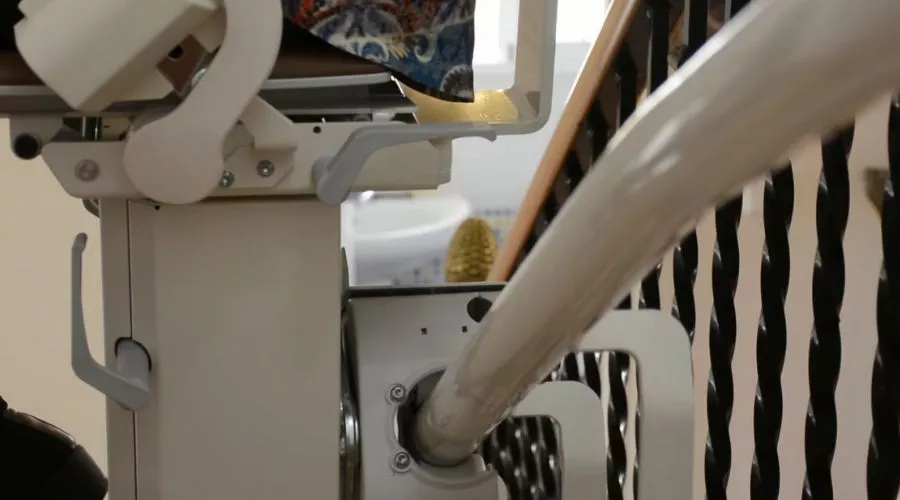
Once the stairs are prepared, the next step is to install the ramp. In order to do this, you must measure the height of the stairs and then calculate the length of the ramp. The ramp should be at least 60 inches wide and should have a non-slip surface. The ramp should then be securely fastened to the stairs with screws.
Once the ramp is installed, you can install the handrails on the ramp. The handrails should be at least 34 inches high and should extend the full length of the ramp. They should also be securely fastened to the ramp with screws.
Finishing Touches
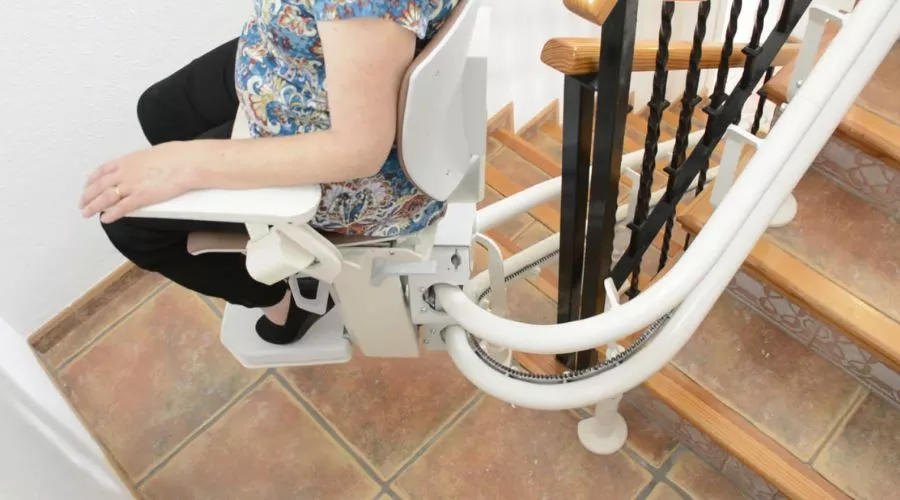
The final step in making stairs wheelchair accessible is to make any necessary finishing touches. This includes adding any additional features such as rails, guardrails, or handrails. It also includes sealing the stairs and ramp with a sealant to protect them from the elements.
Once the stairs and ramp are finished, you can add any necessary signage to make them easy to find. You should also make sure to inspect the stairs and ramp regularly to ensure that they are in good condition.
Tips and Tricks
Making stairs wheelchair accessible is a complex process that requires specialized tools and materials. Here are some tips and tricks to help you make the process easier:
Make sure to measure the stairs and ramp accurately. This will ensure that the stairs and ramp meet the requirements for wheelchair accessibility.
Make sure to use non-slip materials on the stairs and ramp. This will help to prevent slips and falls.
Make sure to inspect the stairs and ramp regularly. This will help to ensure that they are in good condition and safe for use.
Benefits of Making Stairs Wheelchair Accessible
Making stairs wheelchair accessible has many benefits, both for people with disabilities and businesses. Here are some of the benefits of making stairs wheelchair accessible:
Increased access for people with disabilities. Making stairs wheelchair accessible will ensure that everyone can access your building, regardless of their physical mobility.
Increased customer satisfaction. Being able to easily access your building will make customers more satisfied and more likely to return.
Increased safety. Making stairs wheelchair accessible will reduce the risk of slips and falls, and will make the building safer for everyone.
Conclusion
Making stairs wheelchair accessible is an important step in providing access for people with disabilities. It is also a great way to improve customer satisfaction and safety. By following the steps outlined in this article, you can make your stairs wheelchair accessible in no time.
If you’re looking for help with making stairs wheelchair accessible, there are many professionals who specialize in this process. They can provide the knowledge and expertise needed to make your stairs wheelchair accessible.
If you’d like to learn more about making stairs wheelchair accessible, contact us today. We’d be happy to answer any questions you may have and help you make your stairs wheelchair accessible.

